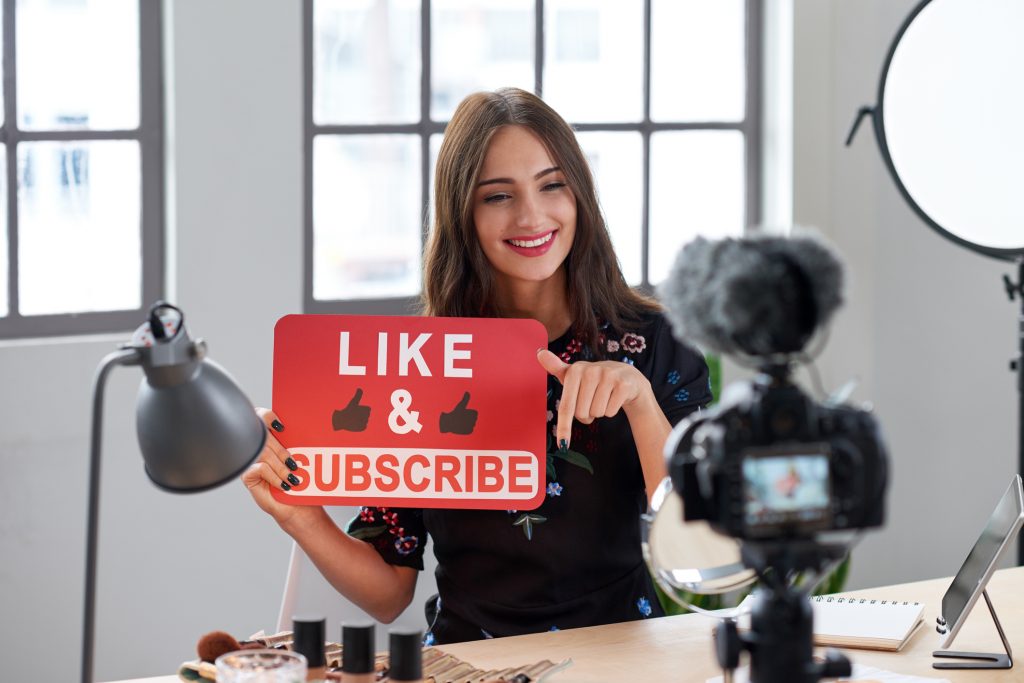Over the last ten years, influencer marketing has gone from an unknown tactic to a must-have in any strategy. The rapid adaptation of this new tool has left many asking, why do we need it, how do we execute it, and do we need to pay for it?
The short answer for why you need to work with influencers is the impact – influencers drive word-of-mouth promotion of your brand and come off as more trustworthy than traditional forms of advertising. An influencer’s followers believe them to be authentic and honest when posting about products and are more likely to want your product because of that positive review.
As for how to work with influencers and whether you need to pay them, it will be tied back to your strategy. You’ll need to consider your goals, your budget and what you want to do with the content. Paid and earned influencer campaigns will get slightly different results and understanding what each delivers will help in deciding which to move forward on.

Earned campaigns (aka unpaid campaigns) are working with influencers on an editorial basis. You are sending them a product to unbox, review and share an honest opinion with their followers. The significant benefits of this type of campaign are that it is authentic and costs only time and product samples. This low cost means that you can work with as many influencers as you can successfully engage. The downside to this type of campaign is that you don’t have control over the final product. You can provide messaging, guidelines for posting and calls-to-action for the influencers to use; however, it is up to them on how the post will look. You will rarely see the post before it goes up. With that said, the most essential part of an unpaid campaign is targeting the right influencers you can trust to post positive or neutral content.
Paid campaigns are exactly what they sound like, paying influencers to post about your brand/product. Most paid influencers will want to approve the product before they agree to post about it. The most significant upside to this type of campaign is the control and reach you will get. You should have the ability to tailor the messaging, include calls-to-actions and set the positioning of your product. Most paid influencers will also give you approval over the post before going live. Also, paid influencers are able to charge because they have significant followings and if you select the correct influencers to work with, you can reach a large number of consumers in your target audience. Another essential benefit to this type of campaign is you usually own the final content, meaning you can use it for other types of marketing. The downside to this is the cost; paid influencers can have steep price tags which can take away from other marketing initiatives.
So what should you do? As mentioned before, the decision will come down to what your goals are, what your budget is and what you want to do with the content. Another important aspect to consider is what resources you have on hand. In many cases, you’ll want to do a mix of both earned and paid influencers. This mix will drive up the reach of the campaign, ensuring that key messages are delivered correctly and maximizing your budget and time. If budget is a concern, earned campaigns can build up to the same level of awareness as paid or mixed ones. This will require you be much more strategic in the timing and execution of the overall campaign and it might be beneficial to bring in outside resources to assist.
